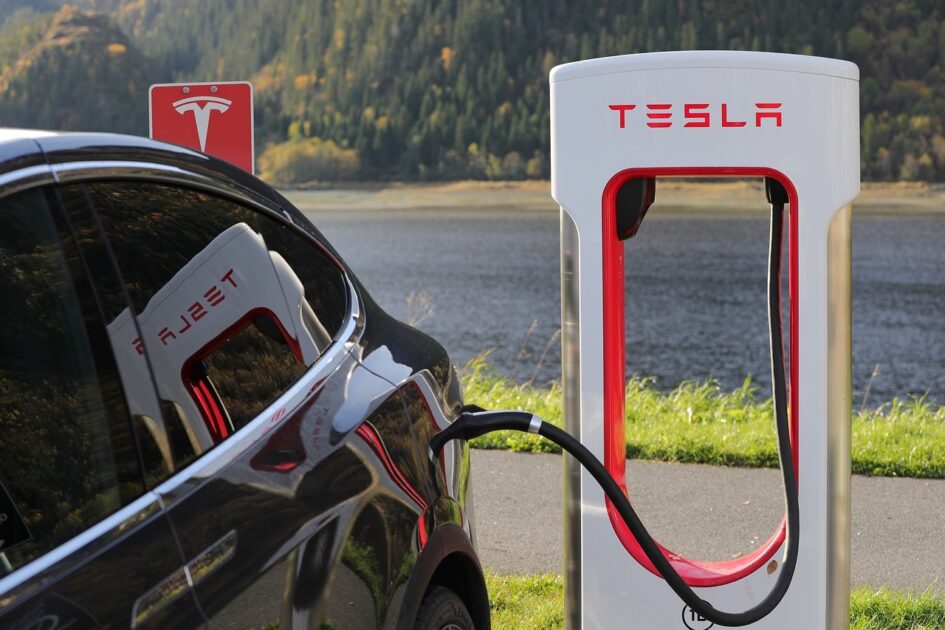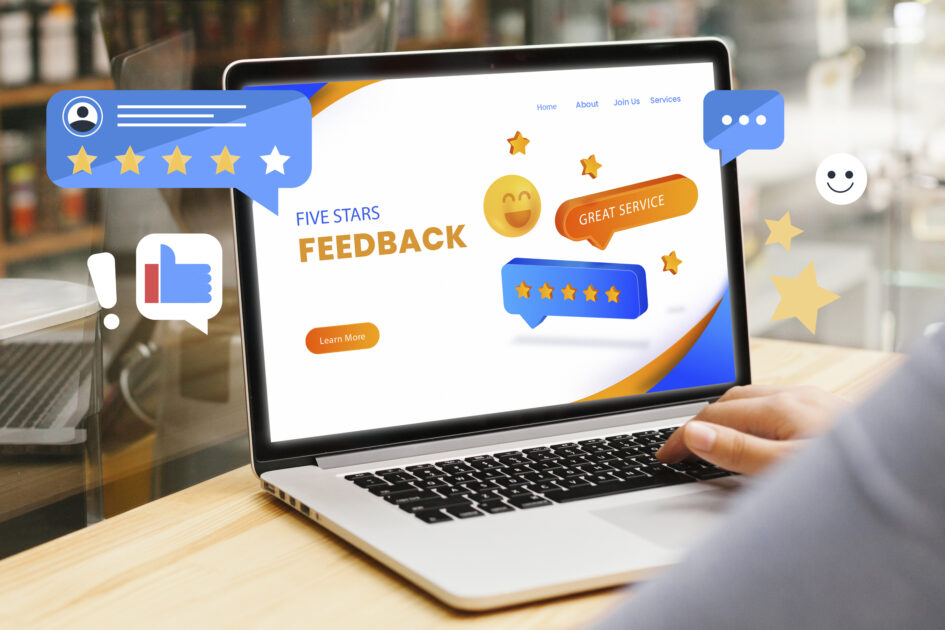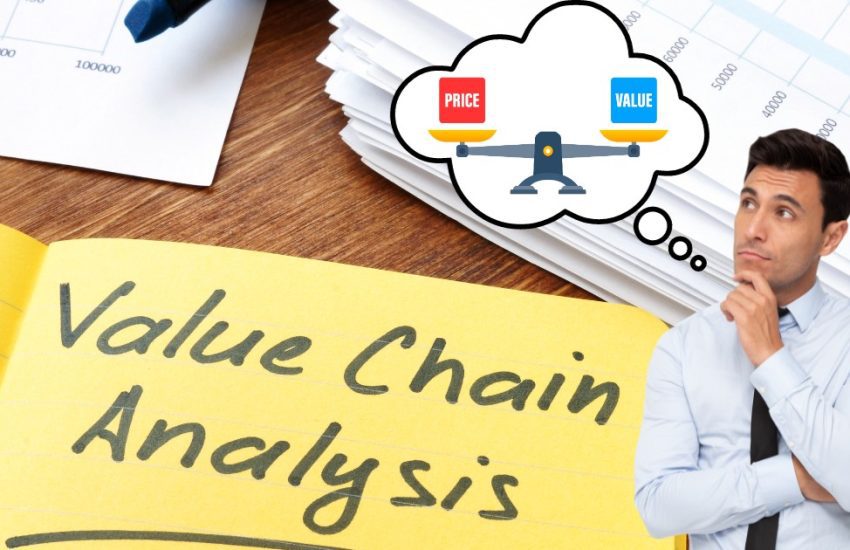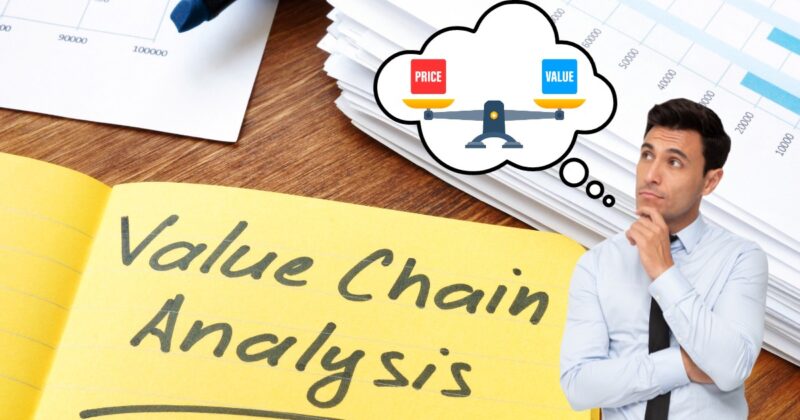All you need to know about value chain analysis and more…
The value chain is a set of business activities and sequential processes starting from the beginning of the design process, including marketing and delivering the finished product to the customer’s door. It encourages a full-scale perspective and each step in the production process where added value is identified along the chain.
The process includes sourcing, manufacturing, and marketing stages. Value-chain analysis assesses the complex processes involved in each phase of an organization’s operations.
The goal of value-chain analysis is to boost production efficiency so that a business can deliver maximum value at the lowest viable cost.
What are Value Chain Components?
A value chain requires significant inputs and outputs for efficient business services. Each input in the value chain has its requirement, where the output is derived from the input. Inputs may originate from other activities in the service value chain, such as engaging and acquiring/manufacturing, as well as from external sources, such as governance.
Similarly, outputs may be supplied to other activities in the service value chain and external consumers.


Some components of the value chain are: –
- Planning: – Planning is an essential component of the value chain, as it is the first step. The business has to define its vision, goals, and mission for the long term, which matches the products and services of the organization. The strategic component requires a high level of effort to ensure a profit-based business. You can define your business goals better using strategy mapping templates, as a well-defined goal is key to proper planning.
- Improvement: – The value chain is a continuous process that requires improvement at every level. The business should provide the best products and services across all price ranges available in the market, which will attract customers. Improving the value chain means analyzing the competitors to get ahead of them and determine what the customers need to deliver the best possible output.
- Design: – Design and transition is a cost-consuming component of the value chain to meet demand needs. To live up to the expectations of customers and clients, the business has to define itself as the best in quality, cost, and service. The best in design also includes how a business’s product or services will meet the needs of the target audience. This factor improves customer confidence in the business. Mock-up tools are a real help here in creating prototypes so that you can experience the look and feel of the final product before committing to it.
- Delivery: – Delivery and support ensures that services and products are delivered to customers in a way that meets agreed requirements. The component creates a unique value for a brand that a customer sees value in. To ensure the highest credibility in the market, the product or service of the business must match what it portrays during marketing.
Real-life Examples of Value Chain
Starbucks


Starbucks is a US-based multinational company of coffeehouse and roastery services. The largest coffeehouse chain, which operates in over 80 countries, was founded on March 30, 1971.
The value chain model of Starbucks to serve on the global stage is as follows:-
- Inbound logistics: – Starbucks coffee beans make it different from other competitors, and it sources high-quality coffee beans from multiple countries that work through transportation. Other raw materials for the beverages are also accessible from around the world, which allows Starbucks to charge higher prices for services. But in return, the multinational company gives the best high-quality products.
- Operations: – Starbucks makes coffee beans available in various flavors and blends at its roasting facilities. The company maintains premium facilities and equipment, trains employees, and prepares food and beverages in its stores. Therefore, the company focuses on providing the best service in its operations without compromising quality.
- Outbound logistics: – Starbucks’ distribution channels operate in many countries without interference, selling packaged coffee and other goods in its retail locations. Starbucks also supplies raw materials and other goods to its stores through a network of distributors and suppliers.
- Marketing and sales: – Sales and marketing efforts are the main factors in making a business a globally reputed brand. The store ambiance and interiors are designed to give customers a great experience that will keep them returning. Additionally, Starbucks trains its employees to teach them appropriate behavior regarding customer interaction.
- Service: – Starbucks has a variety of bakeware and coffee, and they come in various flavors. Customers can benefit from excellent customer service. Additional services like customer loyalty programs and interaction methods improve the customer experience.
When it comes to determining factors such as pricing, businesses also employ competitor price tracking platforms. This allows businesses to remain in a bracket that is comfortable for their customers without lowering the value of their product and justifying their operational expenses.
Tesla


Tesla was founded on January 1, 2003, in California, United States. The global company is engaged in manufacturing solar energy and automotive vehicles. In more than 30 countries, Tesla is available for purchase, and the company’s value chain is:-
- Inbound logistics:- Tesla is a manufacturing company, so it requires a wide range of raw materials for production. Some materials are rare. It has a huge global supplier base, and all the inputs are transferred internally, stored, and properly documented as per inbound logistics.
- Operations:- Tesla has manufacturing plants in California, the Netherlands, and China. They process in-house operations and coordination between the units efficiently. The company is divided into two segments: automotive vehicles and solar energy, and the communication process for smooth output functioning.
- Outbound logistics:- The outbound logistics of the global manufacturing company include warehousing, order processing, and transporting. The value chain of Tesla uses minimum cost to reach the customer, and it has become the reason behind its global success. In this process, they focus on customer satisfaction by adding online sales for increased delivery processing.
- Marketing & Sales:- Tesla is based on the best quality of production, which means it promotes its marketing service as per their production. It gains a global advantage because of the future-based automotive vehicles, which are nature-friendly.
- Services:- The best in-demand service company, Tesla prioritizes customer satisfaction. Tesla reached every possible country in the world to strengthen its global position.
Thus, it is not only willingness to pay that triggers sales but also the overall satisfaction the customer feels with the purchase of the product, and Tesla has managed to find that sweet spot.
Porter’s Value Chain Model Framework
A value chain includes all the systems an organization or business uses to generate revenue. It comprises various subsystems that work together to produce goods and services, meaning that the value chain covers the entire process from beginning to end.
Michael Porter created a strategic management tool to examine a company’s value chain in light of the importance of the value chain. Porter, famous for his five forces, described his framework for value chain analysis in his 1985 book ‘Competitive Advantage’.
Porter characterized the competitive advantage of business as arising from internal operations such as marketing and support functions. He divided his model into primary and secondary categories.


Furthermore, Porter explained the two categories in several points:
Primary Activity
- Inbound logistics: The term “inbound logistics” describes the movement of raw materials through different business branches. It includes all internal processes, such as receiving, storing, and distributing inputs. A business’s suppliers are applicable in inbound logistics, providing goods to the right place at the right time.
- Operations: Operations, also known as manufacturing, is the process of creating valuable services from raw materials. In the operational process comes the internal activity involved in manufacturing.
- Outbound logistics: Outbound logistics refers to the delivery of goods to customers. It includes systems of distribution, storage, and collection that proceed from internal to external.
- Marketing and sales: Marketing refers to the process of creating interest in the minds of customers towards the product. It improves the communication channels of the business and increases customer interaction.
- Services: Services in business oblige the seller to maintain the value of the products during the business cycle. It means that the business has to provide the same services every time the customer visits.
Secondary Activity
- Firm infrastructure: The company’s structure and management style are known as its infrastructure. The support systems for business and operations are the legal, administrative, and accounting that enable it to continue operating.
- Human resource: Human resource management is also essential. It includes hiring, developing, and paying staff members. Human resource management of business measures how well a business employee is discovered, selected, involved, developed, motivated, mentored, and retained.
- Technology: Research and development assistance in enhancing product design and process automation. Its functions are related to processing, organizing, and protecting the knowledge base of an organization. Value creation of business happens with technological advancement and maintaining technical excellence.
- Procurement: Procurement is obtaining raw materials, which means the organization takes steps to get the resources needed for its operations.
- It involves locating suppliers and negotiating the best rates. The acquisition processes of resources, raw materials, or inputs for a business are closely related to inbound logistics, where a business wants to resell the products it has purchased.
How to Perform Value Chain Analysis
Here are a few steps to perform value chain analysis:
Define Business Activity


The first step in creating a value chain in a business is to determine the need for each processing step required to produce the final product for the business. Prioritize primary activities before addressing the secondary activities.
Details of each business function must be ensured; this step will take a long time. Many companies use multiple technologies to speed things up and improve the quality of work while encouraging mutual collaboration.
Analyze the Cost


Calculating costs is the next step in value chain analysis. It involves calculating the amount of money needed to spend on company operations, including paying for things like rent, utilities, and employee salaries.
The group in charge of developing the value chain analysis should consider how each function benefits customers and the company. Additionally, businesses can determine the cost of a value chain by comparing it with other chains available in the market and by using spend management software for a realistic portrayal of their own business costs.
Check whether the activity furthers the objective by comparing it to a business attempting to gain a competitive advantage.
Look Out for Competitors
A business must be aware of the activities of its competitors and the desires of its customers. It will give a competitive edge, and maximum value can be added to the product or service. Any company that conducts value chain analysis should keep a close eye on the results, as they will enhance your competitive edge.
Market research is the first way to learn about customers’ psychology, problems, and needs. In this case, conducting focus groups or arranging online surveys are both forms of market research.
After deciding which benchmarking category to adopt, the business can choose the competitors it wants to measure itself against. In addition, the company may collect data and use resources that support relevant research and use price optimization systems for the same.
Understand the Customers’ Feedback


The sustainability of the business depends on the customers, who are always right. It means that the value of a business depends on the value customers place on the product or service.
Companies must know how customers perceive the value chain, which can be the most critical factor in defining competitive advantage. A fully realized value chain analysis depends on conducting customer surveys and customer feedback tools so that they can better understand the perception of the target market.
Identify Opportunities
The final process of completing a value chain analysis is to gain a comprehensive understanding of the strengths of the business and areas for operational improvement after completing the value chain analysis. The process begins with improvements that require minimal adjustments yet produce significant impacts.
After determining the intervals, businesses can address more critical issues hindering productivity. The additional detail helps the business easily modify tasks and processes to maximize value to its target market and boost profit margins.
Final Words
Value chain analysis is a powerful management tool that helps us determine which organizational activities result in a higher quality good or service. If our business is providing goods and services to customers with value chain analysis tools, they will be more willing to pay, which will increase the profits of the business.
It also creates, preserves, and enhances competitive advantage for business purposes. It helps us identify areas that we can optimize to be more efficient and profitable.
Value chain analysis is essential in evaluating product quality, cost, and effectiveness of related activities. We can add value to every aspect of the organization. It examines how our organization can create a solid competitive advantage by combining primary and supporting activities.
Next up, now that you’ve learned about value chain analysis, it is time to focus on supply with: Supply Chain Analytics Explained in 5 Minutes or Less!
Si quiere puede hacernos una donación por el trabajo que hacemos, lo apreciaremos mucho.
Direcciones de Billetera:
- BTC: 14xsuQRtT3Abek4zgDWZxJXs9VRdwxyPUS
- USDT: TQmV9FyrcpeaZMro3M1yeEHnNjv7xKZDNe
- BNB: 0x2fdb9034507b6d505d351a6f59d877040d0edb0f
- DOGE: D5SZesmFQGYVkE5trYYLF8hNPBgXgYcmrx
También puede seguirnos en nuestras Redes sociales para mantenerse al tanto de los últimos post de la web:
- Telegram
Disclaimer: En Cryptoshitcompra.com no nos hacemos responsables de ninguna inversión de ningún visitante, nosotros simplemente damos información sobre Tokens, juegos NFT y criptomonedas, no recomendamos inversiones


